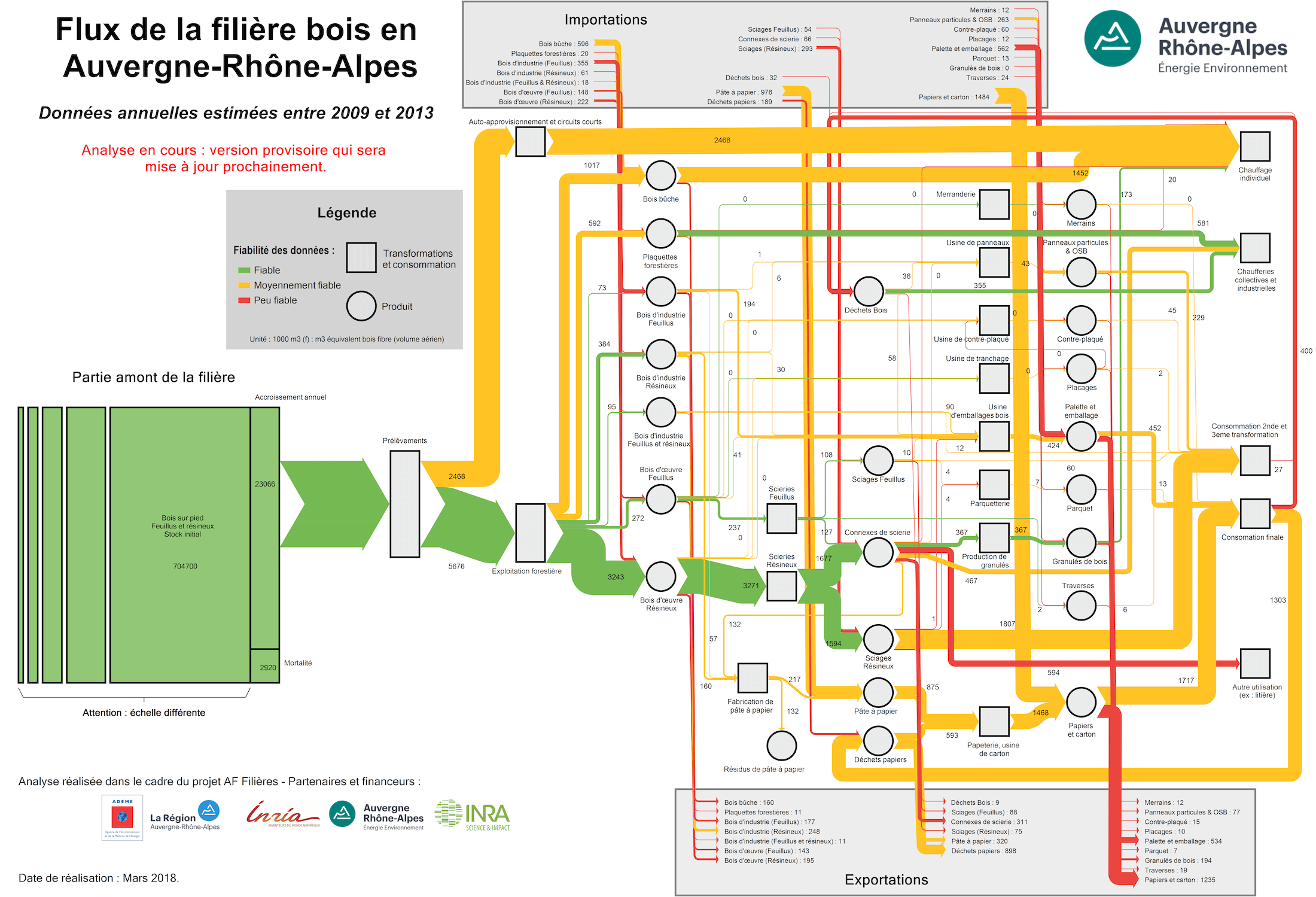This Sankey diagrams for the resource flows in the UK in 2014 can be found in the Digest of Waste and Resource Statistics – 2018 Edition. The report is published annually by UK’s Department for Environment, Food & Rural Affairs (DEFRA). This is for all mass flows nationwide, but excluding fossil fuels and energy carriers. Unit of flows is megatonnes (mt) per year.
That figure didn’t quite convince me. Apart from the the pixelated arrow segment borders where arrows don’t run vertically (see red arrow), I found that some flow quantities were missing. Further, I didn’t like that the blue recycling back flow was exaggerated (read: not to scale) and the 91 mt arrow as wide as the green 143 mt biomass flow (at least in some segments). To be fair, the footnote for the diagram warns “that the ‘pipes’ are not all to scale”, but my impression was that this effect was mainly used to emphasize the thinner arrows.
I did a quick redo of this resource flow diagram only to find out that it was impossible to determine some of the missing flow quantities. I could find some of them in the report, but was unsuccessful for others. So I had to estimate them (which is indicated with an asterisk in my version).
Warning: Some values based on estimates, please do not use the data from this figure.
As you can see the recycling stream is less wide in my remake. Didn’t fully hit the right color codes, but tried to stick to the original layout as much as possible.



